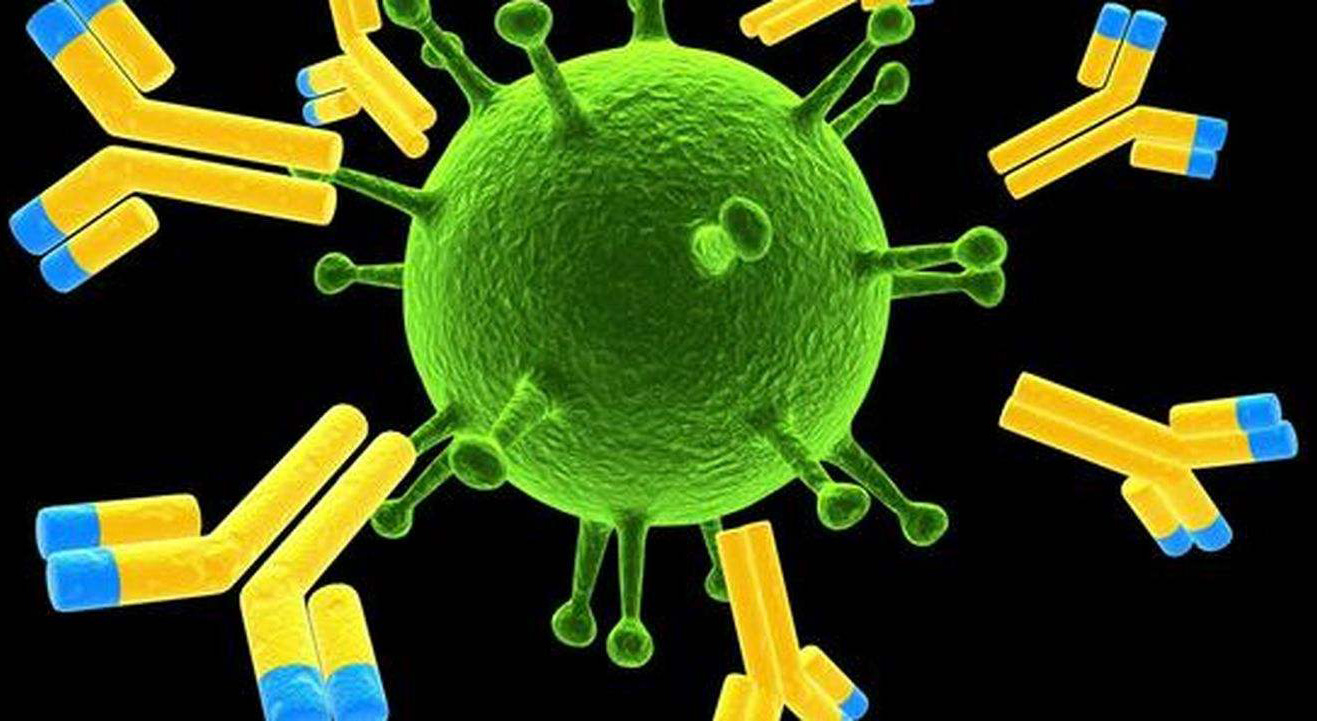1. Antibody molecules
At present, the antibody molecules of ADC drugs often use humanized monoclonal antibodies, and the crystallizable fragment (Fc) segment is modified to reduce antibody-dependent cell-mediated cytotoxicity (anti-body-dependent cell-mediated cytotoxicity, ADCC) and complement dependence Sexual cytotoxicity (complementdependentcytotoxicity, CDC) and so on. First of all, as biological macromolecules, antibody molecules have the risk of toxicity of general biological macromolecules, such as immunogenicity and immunotoxicity, as well as the possible ADCC effect of monoclonal antibody, CDC effect, and deposition of immune complexes in the renal basement membrane. Secondly, in ADC drugs, the most important role of antibody molecules is targeting, that is, the targeted delivery of small molecular compounds to the antigen-antibody binding site. If the antibody has poor selectivity or the antigen is present in normal tissues, it will result in the delivery of cytotoxic drugs to normal cells, resulting in targeted toxicity.
Due to the strong targeting of ADC drugs, it will cause serious toxic consequences. Third, in addition to on-target toxicity, small molecule shedding during circulation can lead to a certain degree of off-target toxicity. If the Fc of the antibody molecule has the activity of binding to the Fc receptors of immune cells such as FcγRs/FcRN, it is easy to bind to the immune cells, causing the killing of the immune cells. Finally, as exogenous biological macromolecules, ADC drugs may also phagocytose cells in the circulation and enter the cells through pinocytosis to cause cell death.
2. Linker
Linkers commonly used in ADC drugs mainly include hydrazone bonds, disulfide bonds and peptide bonds. The hydrazone bond can be hydrolyzed under acidic conditions and is a relatively unstable linker. Mylotarg uses a hydrazone bond as a linker, and researchers believe that this is an important reason for the failure of Mylotarg [2]. Disulfide bonds can be hydrolyzed in high concentrations of glutathione in cells, so it is not easy to fall off extracellularly. Peptide bonds are the most tightly bound and are broken only by the action of lysosomal proteolytic enzymes. The stability of the linker directly affects the unintended dissociation of cytotoxic drugs, which leads to the exposure of small-molecule cytotoxic drugs in vivo, that is, off-target toxicity.
3. Cytotoxic drugs
Cytotoxic drugs are routinely used clinical chemotherapy drugs, which determine the main toxic effect spectrum of ADC drugs. Due to its widespread clinical use, its toxicity profile is generally clear. The risk of toxicity can be better grasped according to the type of drug such as tubulin polymerization inhibitors or DNA damaging agents.
4. ADC molecules
After the antibody and the small molecule cytotoxic drug are integrated into a whole through the linker, ① the drug:antibody ratio (DAR) can significantly affect the toxicity of the ADC drug. It is generally believed that the therapeutic window for binding 2 to 4 toxic compounds per antibody is the largest. If the DAR is too low, the efficiency of antibody carrying is low; on the contrary, if the DAR is too high, the body will easily recognize it as a foreign body and clear it quickly. ②Current ADC drugs are generally a mixture of different DARs. Due to the inconsistent toxicity caused by different DARs, the heterogeneity of DARs will lead to uncertainty in toxicity. There may also be cytotoxic drugs in this DAR mixture that are not bound to the antibody, causing off-target toxicity. ③ The addition of linkers and small-molecule cytotoxic drugs on the antibody may cause changes in antibody aggregation, cleavage, and spatial structure, so that the antibody exhibits characteristics inconsistent with the naked antibody, resulting in unexpected toxicity.
5. Common Toxicity of ADC Drugs
The FDA conducted a summary analysis of 20 new drugs (invesli-gational new drugs, IND) received in ADC research, and found that the toxicity of ADC drugs in animals was mainly hematopoietic system toxicity, liver toxicity and reproductive toxicity, and some also had skin toxicity and Nephrotoxicity. Among them, the toxicity of hematopoietic system, liver and reproductive system is directly related to small molecule cytotoxic drugs, while nephrotoxicity may be a secondary injury of immune response caused by antibody [6]. The clinical adverse reactions of approved drugs such as Adcetris and Kadcyla are mainly myelosuppression-related effects (neutropenia, sepsis and hemorrhage), hepatotoxicity and nephrotoxicity caused by small molecule cytotoxic drugs. In addition, some patients experienced injection-related toxicity, which may be related to the administration of macromolecular protein components.









